Woke up in our 2-bedroom hotel “apartment” that cost the equivalent of $75 a night. The conversion rate in SA was still blowing my mind. Breakfast by the mall set us back a mere few dollars, with the bonus of mocking “touristy” tourists outside our window as they awaited the arrival of the Big Red Bus in full safari apparel (Johannesburg is absolutely nowhere near any safaris). I was almost roped into such a bus-riding experience before some fast-talking and an update to my Uber app.
Our first stop of the day was the Apartheid Museum, which I recommend that anybody traveling to South Africa visits within the first 24 hours. The history of Apartheid is critical and painfully relevant to the current state of the country. The museum is sizable and warrants a few hours of time. We learned about the imprisonment and subsequent election of Nelson Mandela and the repercussions of Apartheid that impact nearly every community in South Africa. It’s impossible to do justice “summarizing” this history, but the best parallel I can draw is between Apartheid and Jim Crow laws. Black South Africans were forbidden from entering city centers for anything other than work, so prisons became overrun with political “offenders” and those caught in the city without papers. All aspects of society were segregated into “black”, “colored (aka Asian, Indian), and “white”. Communities were frequently uprooted and forcibly relocated in the interest of preserving the separation of racial groups. Some of this forced separation resulted in townships that still exist today.
The fact that all of this was still happening in the early 1990’s is one of the most jarring differences between the history of America and South Africa. We still struggle with rampant racism and wealth disparity in America even 60+ years after the downfall of “separate but equal”. Like America, the division of opportunities and resources was purposely ingrained into South Africa’s laws in order to benefit white citizens. Before jumping to panic over the crime and poverty that has impacted the country, it’s necessary to understand that undoing a racist system takes generations or more. Some of it never go away, like tattoo on the land.
“It wasn’t about liberating black people from bondage but liberating white people from fear” – audio quote from the museum.
After the museum, we made a stop at Constitution Hill to see the high court established after Nelson Mandela’s election. A lot of care was taken to make the building and courtroom approachable and prevent sterility. The door is made of engraved wood and judges rotate their chairs regularly to avoid the perception that any one judge is superior over the others. Outside, wind whipped viciously to signal an oncoming downpour. It whistled through the remains of the original courthouse staircase that stood before the constitution was established—repurposing a symbol of oppression into one of empowerment.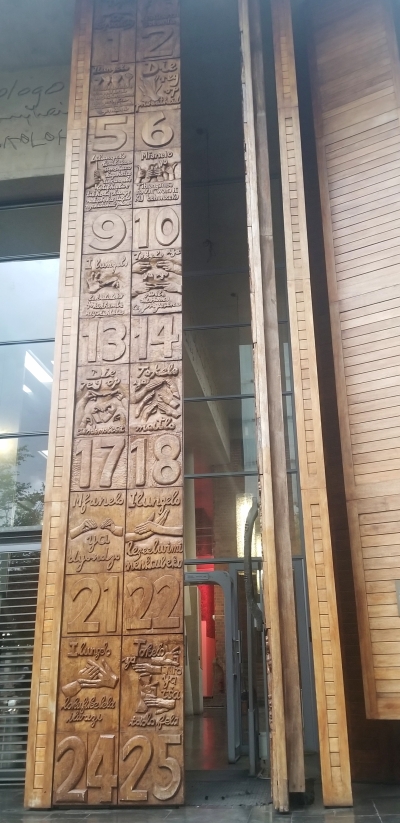
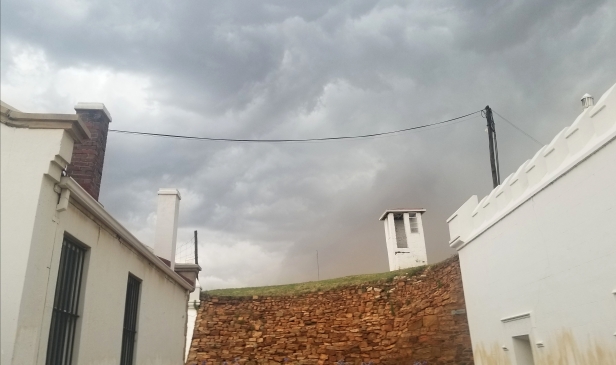
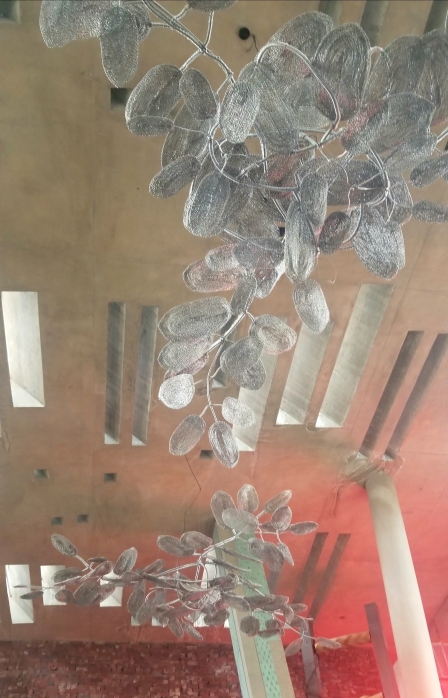
We got into our Uber just as the sky opened and the rain began hammering the ground. As we began driving towards the Central Business District of Johannesburg, the road became more congested and I was taken aback by the amount of garbage in the street. Piles of it were thrown into the air with each violent gust of wind and clouds of dust swirled past our windows. We made a quick stop at a viewpoint called Top of Africa on the 50th floor of the Carlton Centre, once a prestigious hotel that now sits abandoned other than a bustling shopping mall on the lower levels. We weaved through hallways towards an isolated elevator that only serves the top floor. The viewing deck provided a 360 view of the city but was in horrible disrepair. Shops and food stalls had been long boarded up, the windows were dirty, and rainwater leaked into the seams of the ceiling. It was ghostly quiet except for gusts of wind that sounded like a freight train against the walls of glass. The top of the building could be seen from almost everywhere in the city, but it stood forgotten like a ghost.
3 Ubers cancelled on us before we got one to make the pickup, and when it finally did, the driver told us to “get in quick”. It’s hard to know whether the urgency was due to safety concerns outside of the mall or the turf-wars happening between taxis and Ubers, but we got in quick. The traffic was like nothing I’ve ever seen. Cars and mini-bus taxis weaved in and out of throngs of pedestrians in such a way that it was hard to differentiate sidewalk from road. Cars whipped around one another and into oncoming traffic with brazen confidence. No city, I mean NO city, has driving as manic as this.
We didn’t get a chance to really see the CBD of the city from anywhere other than a car window and our brief mall trip. Some streets were overrun with densely packed, decaying buildings that had clothes hanging from every window and satellite dishes that were one gust of wind from crashing to the ground. Other streets were full of people going to work, families, and shoppers milling through hundreds of ground-floor businesses and food stores. Still, the city center made affluent suburbs like Rosebank seem like a paradise, and the disparity between the “haves” and “have-nots” was becoming more apparent by the minute. Our privilege runs very, very deep.
That night we snagged a table at Marble, a restaurant on the fancier side just 5 minutes from our hotel. Once again, the streets were whisper quiet except for a few men in vests guarding patrons’ cars, but the restaurant was bursting at the seams from inside. We ate our way through tender springbok with pickled cabbage and a flame-grilled octopus plate with red wine mole sauce that totally surprised me (not at all chewy).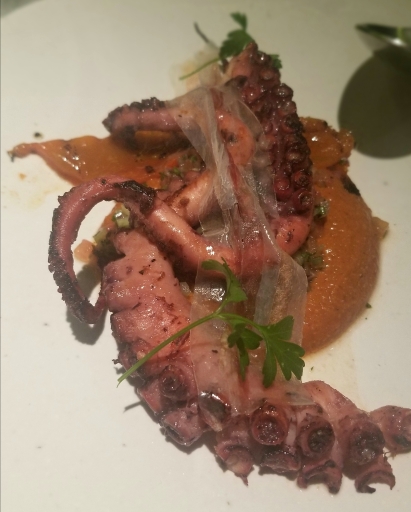
After dinner we were craving one more drink, so we followed signs for a bar in the same building at Marble. This unintentionally led us through a shuttered art gallery, down a dark hallway and to an (obviously closed) cocktail bar. An awesome bartender named Towanda offered to “reopen” for us, happy to see patrons who weren’t “club members” for once (whatever that means). He whipped up a cocktail he invented called the “Ladies Man” and we discussed the importance of only letting in the good energy around you. I sipped away until my jetlag overtook me, and it was time to crash.
Anybody who tells you to skip Johannesburg is doing you a disservice. You cannot skip it. Yes, you will have some great meals and great conversation, but what’s most important is the baseline understanding you’ll get of both the country’s best and worst. Some of it is beautiful and some of it is dangerous. It’s hard to land in a brand-new place and offer it the respect of somebody who understands it intrinsically. It’s also hard to learn about the history and dynamics of a new city in just a couple of days. But try. Visit the museums and monuments, talk to people, and check your privilege. Be safe but also respectful. Never, ever forget about how and why you have the privilege that you have.
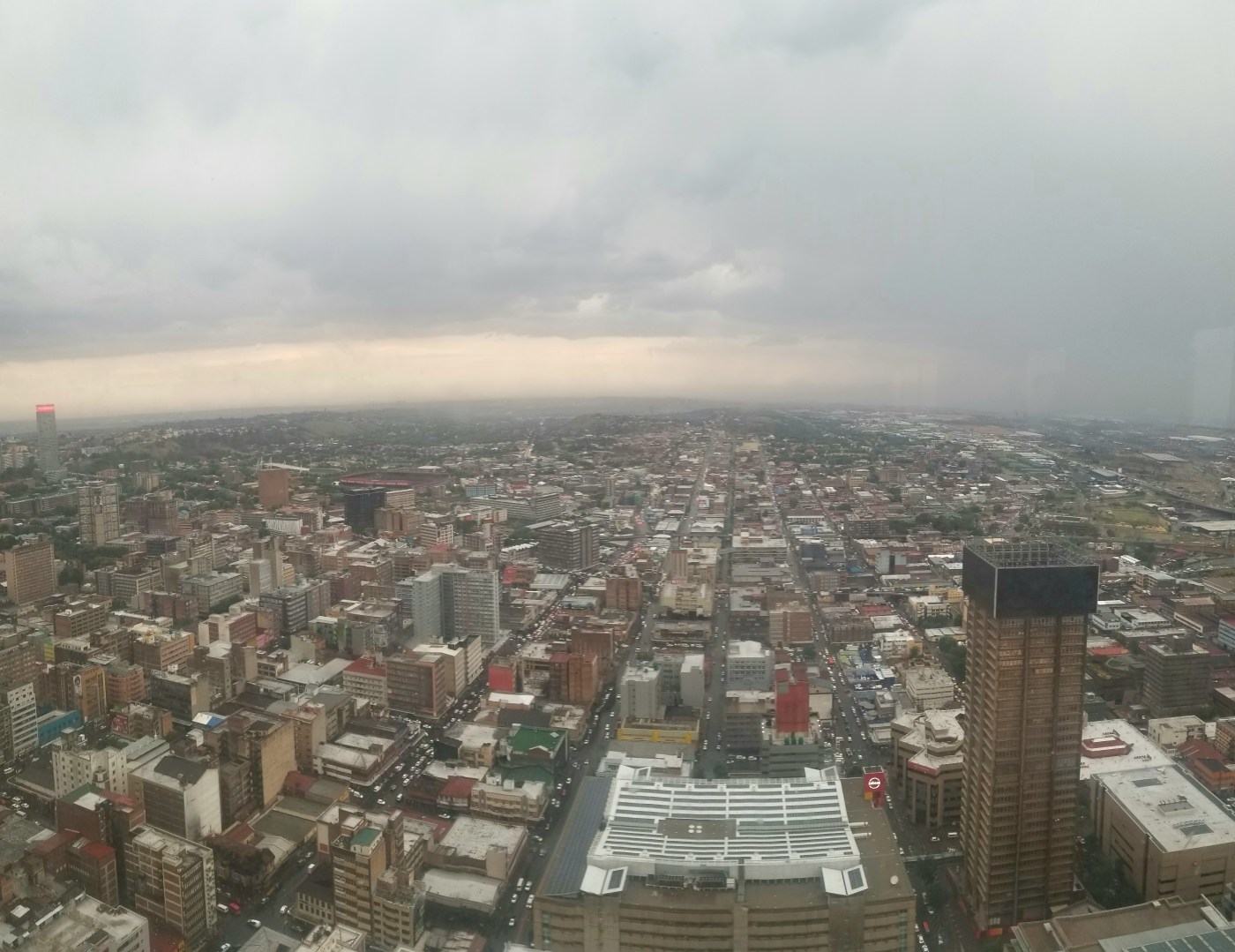



What terrific photos–thanks for sharing!
LikeLiked by 1 person
Thank you! The one from Top of Africa was a lucky shot–I got it just as the storm was moving out, so you get to see both pre-and-post thunderstorm sky 🙂
LikeLiked by 1 person
Very poignant description of your trip. You really brought the place alive and populated it with vibrant humanity. Thank you Sara.
LikeLiked by 2 people